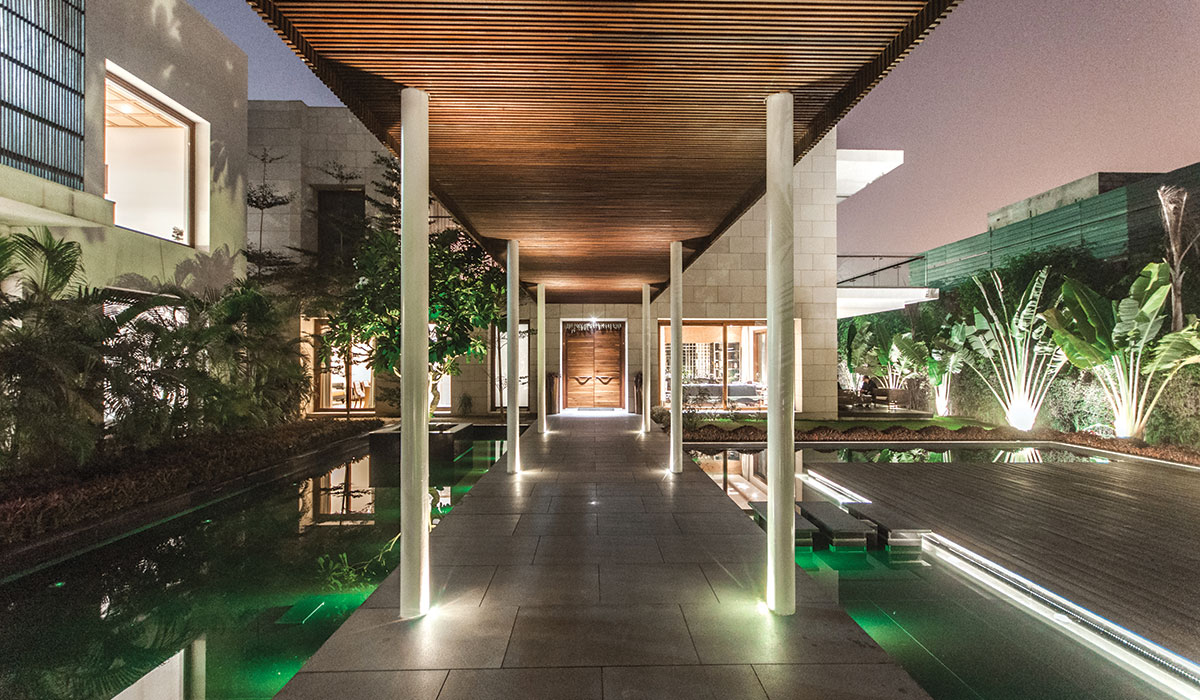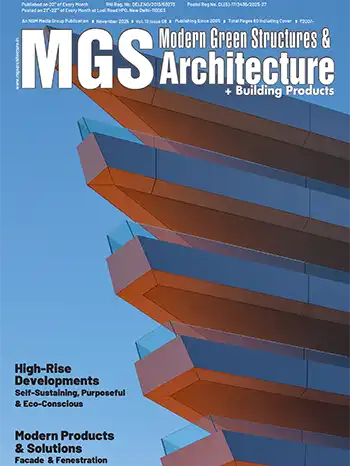There is a collective effort to create environmentally responsible, energy-efficient spaces that are not only functional but also ensure a greener future for architecture and design.
Shubhra Dahiya
Energy efficiency remains a priority, with advancements in window technologies such as thermal breaks and Low-E coatings to improve insulation. LED lighting, energy-efficient appliances, and programmable thermostats make sustainable living cost-effective.
Biophilic design blurs the line between interiors and exteriors, incorporating green walls, natural ventilation, and materials like wood and bamboo to foster a connection with nature. Low-VOC paints improve indoor air quality by reducing harmful emissions, offering healthier environments without compromising the aesthetics.

Recycling and repurposing materials drive sustainability, with reclaimed materials like wood, steel, and brick reducing waste. Refurbishing furniture adds character and minimizes resource consumption. Natural textiles like cotton, wool, and bamboo provide eco-friendly alternatives to synthetic fabrics, being biodegradable and less water-intensive to produce.
















